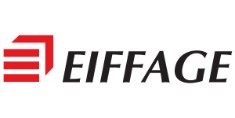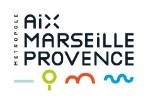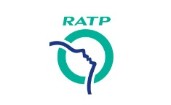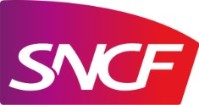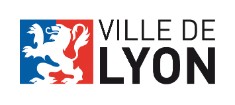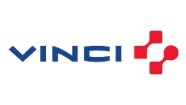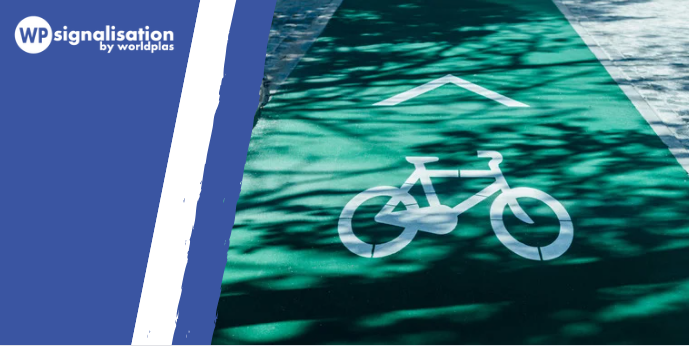
What are the rights and duties of cyclists on the roads ?
In France, the movement of cyclists is regulated by various regulations. Several specific road signs are present to facilitate the circulation of cyclists both within and outside urban areas.
Moreover, facilities are implemented on roads to secure cyclists’ movements. The most popular areas within urban areas include :
- The greenway
- The cycle lane
- The 30 km/h zone
- And the shared central lane
The road signs dedicated to cyclists’ movements
Most of the time, cycle lanes are set up in urban areas, on the right side of the road. These lanes are indicated by road signs C113 and C115.
Shared Space with Cyclists (Sign C115):
- Caution Still Required: While sign C115 indicates a shared zone between pedestrians and cyclists, it doesn’t eliminate the need for cyclists to exercise caution. They must be mindful of pedestrians and prioritize their safety when navigating this shared space.
Cyclist Lane or Track (Sign C113):
- Not Always Mandatory: Sign C113 marks a lane or track designated specifically for bicycles and two-wheeled motorized vehicles. However, unless there’s an additional sign B22A indicating mandatory use, cyclists can choose to ride on the roadway alongside other traffic if they feel safer doing so.
These revisions highlight the fact that even with designated signage, cyclists still share responsibility for safety on the roads.
Boosting Cyclist Safety with Bike Boxes
Generally, advanced stop lines, also known as “bike boxes,” are designated spaces created to improve cyclist safety at intersections. These areas are positioned between traffic lights or pedestrian crossings and the zone where vehicles stop.
Enhanced Visibility: Bike boxes allow cyclists to move ahead of waiting traffic, placing them in a highly visible position. This reduces the risk of them being hidden behind larger vehicles, ensuring drivers can see them clearly.
Clear Markings: Bike boxes are typically outlined by clear road markings, often a white line or a green pictogram of a bicycle. These markings make the designated space for cyclists unmistakable.

Cyclists’ movements outside reserved areas
Since September 14, 1998, a bicycle owner has the right to use the roadways. However, they must adhere to certain essential rules.
When cycling on the road, cyclists must indicate the direction they intend to take. They can do this by using hand signals, for example. If they wish to turn right, they signal the direction to the right using their right arm.
Cyclists are allowed to ride on sidewalks, but only if it is located in a shared space. In this situation, pedestrians retain priority. A shared space can be recognized easily by the presence of road sign B52.

The function of the M12 road sign
The M12 supplementary road signs are used to facilitate and streamline the movements of cyclists. The function of M12 signs is often unknown to road users. They are always associated with a traffic signal, such as traffic lights.
Cyclists and Red Lights:
- Proceed with Caution (Signs with Arrows): Specific signs with up to three arrows allow cyclists to proceed cautiously through an intersection even when the traffic light shows red for them. These signs indicate the permitted directions cyclists can travel.
- Yield Does Not Mean Priority (M12 Sign): The M12 supplementary sign instructs cyclists to yield, but it doesn’t grant them automatic right of way over other users like pedestrians or motorists approaching from different directions. Always prioritize the safety of all road users and proceed with caution.
This revision clarifies the purpose of the signs and emphasizes the importance of cyclist responsibility at intersections.
The regulation governing the installation of M12 supplementary signs
M12 Signs: Special Instructions for Cyclists
- Distinct Designation: Following the decree of January 12, 2012, regarding road and highway signage, M12 signs were established as a unique category specifically for cyclists (Article R. 415-15 of the Highway Code).
- Not Mandatory or Universal: It’s important to note that M12 signs are not mandatory and aren’t installed at every red light. Their presence indicates specific instructions for cyclists at that particular intersection.
Cyclists on the roads
Cyclists on the Road:
- Sharing the Road: Cyclists are permitted to ride on the right side of the road to avoid impeding traffic flow. However, their primary route should be designated cycle lanes whenever available.
Our Commitment:
- Rural Expertise: We take pride in designing street signs that integrate flawlessly into rural landscapes.
- Sustainable Solutions: Choose an eco-friendly path by opting for our long-lasting signs made with sustainable materials.
WP Signalisation offers two manufacturing ranges for your signs
- INNOV Range : These signs are lightweight, unbreakable, and durable, made from thermoplastic resin. They are perfectly suited for use as street signs. The product is resistant to oxidation since it’s made of thermoplastic resin, with aluminum rails and stainless steel screws.
- TRADITION Range : These signs are made of 1.5-millimeter thick aluminum and can be customized through lacquering or anodization. They are also resistant to oxidation due to being made of aluminum with stainless steel screws.
WP Signalisation: Your One-Stop Shop for M12 Signs
Looking for high-quality M12 signs for cyclists? Look no further than WP Signalisation! We offer a complete package to meet your needs:
- Digital Printing Expertise: Our state-of-the-art digital printing workshop can create custom M12 street plates and signs using various types of retroreflective film.
- M12 Compliance Guaranteed: We understand the specific regulations for M12 signs. That’s why our signs come exclusively with Class 1 microbead coating, ensuring exceptional performance. Therefore, this coating offers a 7-year warranty and guarantees a minimum retroreflectivity of 50 cd/lux/m2 (for white film in new condition), exceeding legal requirements for urban areas.
- Long-lasting Durability: All our films provide superior UV and graffiti protection, safeguarding your M12 signs from weather damage and vandalism. This ensures long-lasting performance and readability for cyclists, year after year.
- Built to Endure: We use only unbreakable and weather-resistant materials for our M12 signs. You can be confident they’ll withstand harsh weather conditions and remain reliable for extended use.
Therefore, WP Signalisation provides a comprehensive solution for all your M12 sign needs. Contact us today to discuss your requirements and get a quote!
Finally, discover our road signs on our shop panneaux de signalisation




